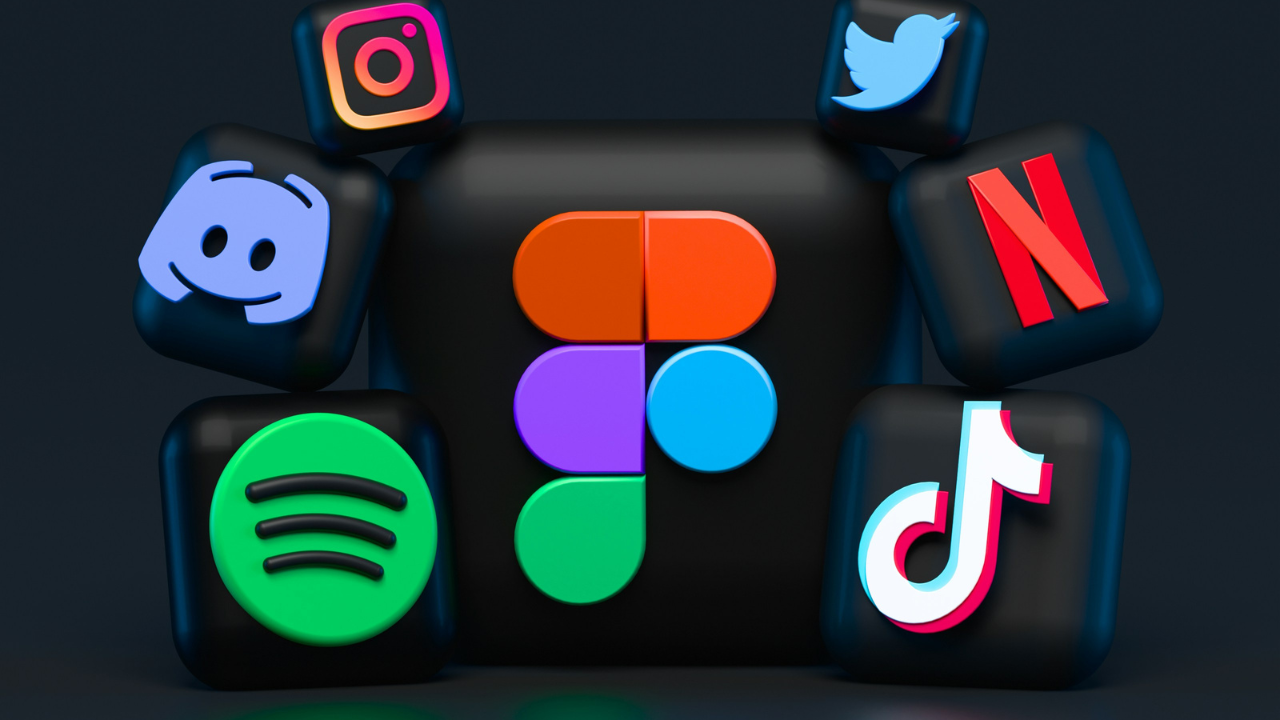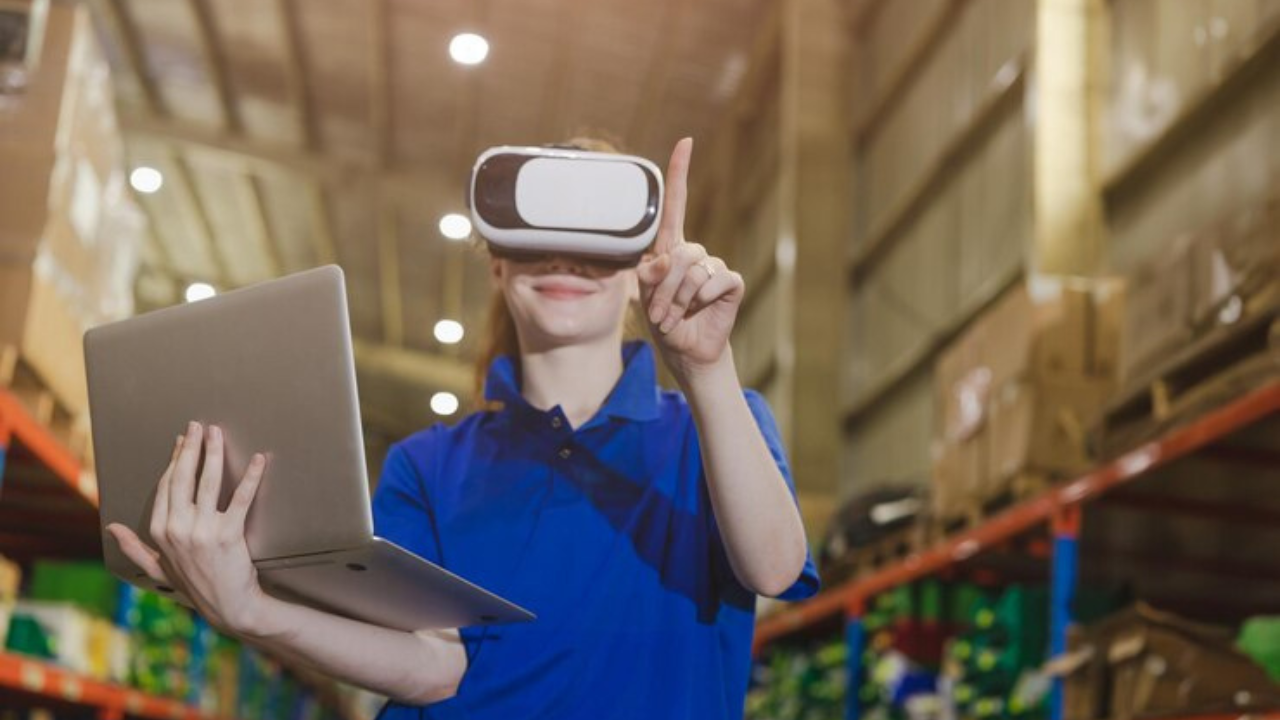Introduction to Rigid3D technology
Imagine stepping into a world where the lines between reality and digital experiences blur seamlessly. This is where Rigid3D technology comes into play—a revolutionary force reshaping how industries operate beyond just gaming. While it has garnered significant attention in the gaming sector for enhancing player immersion, its innovative applications stretch far and wide. From healthcare to education, architecture to marketing, Rigid3D holds the potential to transform various fields by offering immersive experiences that captivate users and foster engagement like never before. Let’s explore these groundbreaking possibilities and discover how Rigid3D is paving new pathways across multiple industries.
The impact of Rigid3D in the gaming industry
Rigid3D has transformed the gaming landscape in remarkable ways. This technology enables developers to create highly detailed and immersive environments, enhancing player engagement.
With Rigid3D, games can offer realistic physics and interactions. Characters move as they would in real life, responding authentically to their surroundings. This level of realism captivates players like never before.
Moreover, Rigid3D enhances visual quality immensely. Stunning graphics bring game worlds to life, making every detail pop on screen. Players feel a deeper connection with the game universe through these vivid experiences.
Additionally, multiplayer experiences have benefited significantly from this innovation. Rigid3D allows for seamless integration of avatars and objects within shared spaces. Gamers can interact more naturally with each other and their environment.
As the gaming industry continues to evolve, Rigid3D remains at its forefront—paving the way for future innovations that promise even greater immersion and excitement.
Emerging applications of Rigid3D in other industries
Rigid3D technology is expanding its reach beyond gaming, unlocking possibilities across various industries. One exciting area is healthcare, where realistic simulations can enhance medical training. Professionals can practice complex procedures in a safe environment.
In education, Rigid3D creates immersive learning experiences that captivate students’ attention. Interactive models allow learners to explore subjects like science and history in ways traditional methods cannot provide.
Architecture and design also benefit from this innovative approach. With Rigid3D capabilities, architects can visualize structures before they are built, improving collaboration among teams.
Marketing is not left behind either; brands harness the power of Rigid3D for engaging campaigns that draw in audiences through interactive content. This trend demonstrates how versatile and impactful Rigid3D applications can be across different sectors. The future promises even more advancements as industries embrace this transformative technology.
Healthcare: Virtual reality for medical training and rehabilitation
The healthcare sector is witnessing a transformative shift with the integration of Rigid3D technology. This innovation paves the way for immersive virtual reality experiences that enhance medical training.
Medical students can now engage in lifelike simulations, practicing surgical procedures without any risk to patients. The realistic environments foster skill development and build confidence among future practitioners.
Moreover, rehabilitation programs are evolving through Rigid3D applications. Patients recovering from injuries or surgeries benefit from tailored VR exercises that encourage movement and engagement in ways traditional methods cannot match.
This approach not only helps in physical recovery but also addresses psychological aspects by immersing patients in calming environments during their therapy sessions. With each advancement, Rigid3D continues to redefine how we train professionals and support patient rehabilitation journeys.
Education: Immersive learning experiences with Rigid3D
Rigid3D technology is transforming education by offering immersive learning experiences that captivate students like never before. With its advanced 3D modeling capabilities, educators can create interactive environments where learners engage with content in a hands-on manner.
Imagine walking through ancient civilizations or exploring the human body from the inside out. These scenarios become possible with Rigid3D, allowing students to visualize complex concepts effectively.
Teachers can tailor lessons to suit different learning styles, making education more inclusive and effective. The dynamic nature of Rigid3D fosters collaboration among peers as they navigate these virtual worlds together.
As schools adopt this innovative technology, the traditional classroom setting evolves into an exciting landscape for exploration and discovery. Students are not just passive recipients of information; they become active participants in their own learning journey.
Architecture and design: Revolutionizing 3D modeling and visualization
Rigid3D technology is transforming the way architects and designers approach their projects. With its advanced capabilities, professionals can create detailed 3D models that are not only visually stunning but also highly functional.
The precision offered by Rigid3D allows for accurate representations of materials, textures, and lighting. This means clients can visualize spaces before they are built. It bridges the gap between imagination and reality.
Collaboration has never been easier with this technology. Multiple stakeholders can interact in virtual environments, making real-time adjustments based on feedback. This fosters creativity while minimizing costly errors during construction.
Moreover, Rigid3D enables immersive walkthroughs of designs using virtual or augmented reality. Clients experience spaces as if they were physically there, leading to more informed decisions and enhanced satisfaction with final outcomes. As it continues to evolve, its applications in architecture will likely expand even further.
Marketing and advertising: Creating interactive and engaging campaigns with Rigid3D
The marketing landscape is rapidly evolving, and Rigid3D technology plays a crucial role in this transformation. By integrating 3D models into campaigns, brands can create immersive experiences that captivate audiences.
Imagine walking through a virtual showroom or interacting with a product before making a purchase decision. This level of engagement not only attracts attention but also builds trust with consumers.
Rigid3D allows for dynamic presentations that showcase products from multiple angles and perspectives. The result? Enhanced storytelling that resonates deeply with target demographics.
Moreover, innovative advertising campaigns leveraging Rigid3D can foster brand loyalty by encouraging participation. Gamified elements invite users to explore their favorite brands while enjoying the process.
As marketers continue to embrace this cutting-edge technology, the potential for interactive content becomes limitless—capturing the essence of what it means to engage today’s consumer effectively.
Future possibilities and advancements for
The future of Rigid3D holds immense promise across various sectors. As technology evolves, we can expect even more sophisticated applications that push the boundaries of what’s possible.
With advancements in artificial intelligence and machine learning, Rigid3D could offer real-time adaptation in simulations. Imagine a scenario where virtual environments respond dynamically to user behavior or physiological signals.
Additionally, integration with augmented reality (AR) may lead to enhanced collaborative tools for remote teams. This fusion could transform how industries approach problem-solving and design processes.
We might also see breakthroughs in wearable technology that leverage Rigid3D. These developments could revolutionize personal training programs or injury rehabilitation methods by providing tailored experiences based on individual progress.
As research continues, innovative uses in entertainment beyond gaming will likely emerge as well. The creative potential is vast, waiting to be explored by visionary minds ready to embrace this transformative tool.
Conclusion
Rigid3D technology has made a profound impact across various sectors, transcending its initial gaming roots. Its ability to create immersive and interactive experiences is being harnessed in healthcare for training medical professionals, enhancing rehabilitation methods, and offering patients new ways to engage with their recovery processes.
Education is experiencing a transformation through Rigid3D’s capabilities. Students can now immerse themselves in lifelike scenarios that promote deeper learning and understanding of complex subjects. This shift from traditional education methods to dynamic environments fosters engagement and retention like never before.
The architecture and design fields are also benefiting greatly. Rigid3D revolutionizes the way architects visualize projects, allowing clients to experience spaces before they exist physically. This leads to better collaboration, clearer communication of ideas, and ultimately more successful outcomes.
Meanwhile, marketing and advertising have found fresh avenues for creativity through Rigid3D applications. Brands are crafting interactive campaigns that captivate consumers’ attention while providing memorable experiences that resonate long after the interaction ends.
Looking ahead, the future possibilities for Rigid3D seem boundless. As technology continues to evolve, so too will its applications across industries—making it an essential tool for innovation moving forward.
With such diverse uses on the horizon—and many already unfolding—Rigid3D stands poised as a cornerstone of modern digital interaction across multiple sectors.











